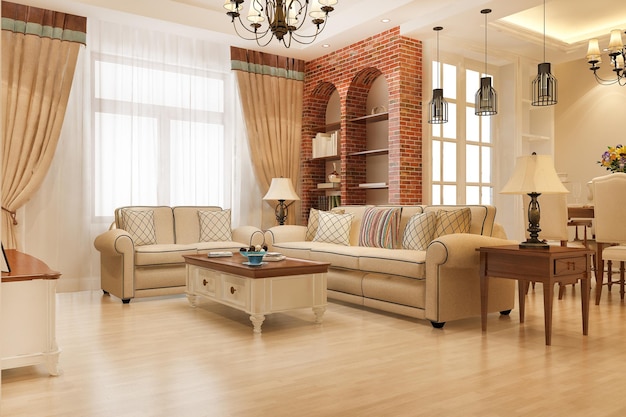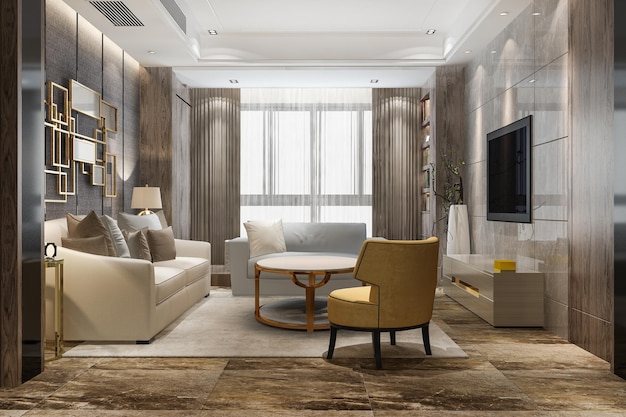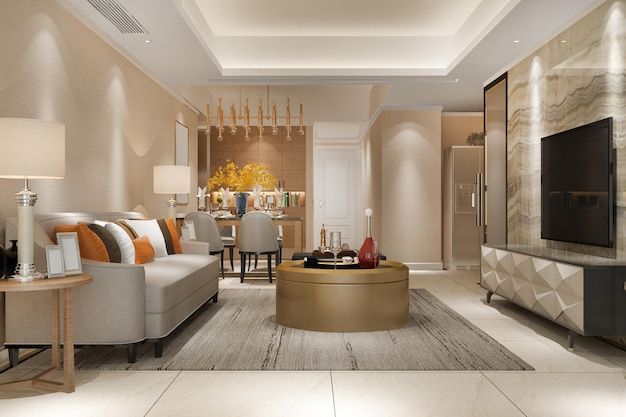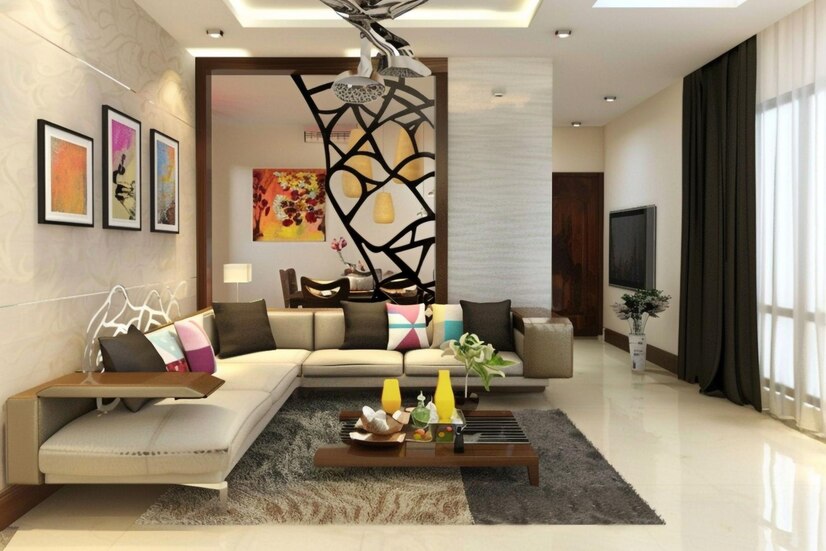Discover the ultimate guide to interior Interior:rhzpqr8ekbi= Home. Explore tips, trends, and tools to create your perfect living space with our in-depth guide.
Introduction
Interior home design is a dynamic and evolving field that blends aesthetics, functionality, and personal style. Whether you’re redesigning an existing space or starting from scratch, understanding the principles of interior design can transform your home into a harmonious and beautiful environment. In this comprehensive guide, we’ll explore essential elements, practical tips, and emerging trends to help you craft the perfect living space.
Understanding the Basics of Interior Home Design
To embark on your interior home design journey, it’s crucial to grasp the foundational principles. Interior design is more than just decorating; it involves creating spaces that reflect your personality and cater to your needs. Begin by assessing your current space and identifying areas that require improvement. Consider the function of each room, the flow of movement, and how you want each space to feel. By establishing a clear vision, you can make informed decisions that enhance both the aesthetic and practical aspects of your home.
The Importance of Space Planning
Space planning is a cornerstone of effective interior home design. It involves arranging furniture and decor in a way that maximizes the functionality and flow of a room. Start by measuring your space and creating a floor plan. Utilize tools like HomeByMe or Roomtodo to experiment with different layouts. Ensure there is adequate space for movement and that furniture placement facilitates natural flow. By carefully planning the layout, you can avoid overcrowding and create a comfortable, inviting environment.
Choosing the Right Color Palette
Color significantly impacts the mood and perception of a room. When selecting a color palette for your interior home, consider the ambiance you want to create. Neutral tones such as beige, gray, and white offer versatility and can make a space feel larger. Bold colors, on the other hand, can add personality and warmth. Experiment with color combinations and test samples in your space to see how they interact with natural light and other elements. A well-chosen color palette sets the tone for your entire design.

Selecting Furniture and Decor
Furniture and decor play a crucial role in defining the character of your interior home. When choosing pieces, focus on quality, comfort, and style. Invest in timeless furniture that complements your design vision and suits your lifestyle. Incorporate decor items such as artwork, rugs, and cushions to add personality and texture. Mix and match different materials and patterns to create a cohesive look. Remember that every piece should contribute to the overall aesthetic while enhancing the functionality of the space.
Incorporating Lighting into Your Design
Lighting is a key element that can transform the ambiance of your interior home. Different types of lighting—ambient, task, and accent—serve various purposes and create different effects. Ambient lighting provides general illumination, while task lighting focuses on specific areas such as reading nooks or workspaces. Accent lighting highlights features like artwork or architectural details. Experiment with different lighting fixtures and placements to achieve the desired effect. Proper lighting enhances the mood, highlights design elements, and improves the overall functionality of your home.
Utilizing Textures and Patterns
Textures and patterns add depth and interest to your interior home design. Incorporate various textures, such as soft fabrics, sleek metals, and natural materials, to create visual contrast and tactile appeal. Patterns, whether geometric, floral, or abstract, can bring personality and style to a room. Balance different textures and patterns to avoid overwhelming the space. For example, pair a patterned rug with solid-colored furniture or combine textured throw pillows with a smooth sofa. This layering of textures and patterns creates a dynamic and inviting atmosphere.
Embracing Sustainable Design Practices
Sustainable design practices are becoming increasingly important in interior home design. Focus on using eco-friendly materials, energy-efficient appliances, and sustainable furniture to reduce your environmental impact. Opt for natural materials such as bamboo, reclaimed wood, and low-VOC paints. Incorporate energy-saving features like LED lighting and smart thermostats. By adopting sustainable practices, you contribute to a healthier environment while creating a beautiful and functional home.
Personalizing Your Space
Personalization is key to making your interior home uniquely yours. Incorporate elements that reflect your interests, hobbies, and experiences. Display personal artwork, travel souvenirs, and family photos to infuse your personality into the design. Customizing your space ensures that it feels authentic and comfortable. Avoid following trends blindly; instead, focus on creating a home that resonates with your individual style and preferences. Personal touches make a space feel welcoming and truly yours.

Maximizing Storage Solutions
Effective storage solutions are essential for maintaining a clutter-free and organized interior home. Utilize built-in storage options such as shelves, cabinets, and closets to keep your belongings neatly arranged. Consider multifunctional furniture, such as ottomans with hidden storage or beds with built-in drawers. Implement organizational systems like bins, baskets, and dividers to categorize and store items efficiently. By maximizing storage, you can create a more functional and visually appealing space.
Integrating Technology in Home Design
Technology is increasingly integrated into interior home design, enhancing both convenience and functionality. Smart home systems allow you to control lighting, temperature, and security from your smartphone or voice commands. Incorporate technology seamlessly into your design by choosing sleek, modern devices that complement your decor. Explore innovations such as automated blinds, smart speakers, and home theaters to elevate your living experience. Embracing technology can streamline your daily routines and add a contemporary touch to your home.
Creating Cohesive Design Themes
A cohesive design theme ties together various elements of your interior home, creating a harmonious and unified look. Choose a central theme or style, such as modern, traditional, rustic, or eclectic, and ensure that all design elements align with this theme. Incorporate complementary colors, materials, and patterns to achieve consistency. For example, if you opt for a coastal theme, use light, airy colors, and natural textures to evoke a beachy feel. A well-defined theme provides a sense of continuity and enhances the overall aesthetic of your home.
Designing Functional Workspaces
Incorporating functional workspaces into your interior home design is increasingly important, especially with the rise of remote work and home-based activities. Design dedicated areas for work, study, or hobbies that offer comfort and efficiency. Choose ergonomic furniture, adequate lighting, and ample storage to support productivity. Personalize your workspace with inspiring decor and organizational tools. By creating functional workspaces, you ensure that your home supports your professional and personal needs while maintaining a cohesive design.
Enhancing Outdoor Living Spaces
Outdoor living spaces are an extension of your interior home and offer opportunities for relaxation and entertainment. Design outdoor areas such as patios, decks, or gardens to complement your interior style while providing comfort and functionality. Incorporate outdoor furniture, lighting, and decor that withstand the elements and enhance the ambiance. Consider features like fire pits, outdoor kitchens, and water elements to create a versatile and enjoyable space. By enhancing your outdoor living areas, you expand your home’s functionality and create additional spaces for leisure and socializing.

Navigating Trends vs. Timeless Design
When designing your interior home, balance current trends with timeless elements. Trends can add freshness and excitement to your space, but it’s important to integrate them in a way that doesn’t overwhelm the overall design. Focus on incorporating timeless pieces and classic styles that will remain relevant over time. For example, invest in quality furniture and architectural features that won’t go out of style. By combining trendy elements with enduring design, you create a space that is both stylish and lasting.
Addressing Accessibility and Universal Design
Incorporating accessibility and universal design principles ensures that your interior home is comfortable and functional for everyone, including individuals with disabilities or mobility challenges. Design spaces with features such as wider doorways, ramps, and accessible countertops to accommodate diverse needs. Choose furniture and fixtures that offer ease of use and consider adjustable elements for flexibility. By addressing accessibility, you create an inclusive environment that enhances the quality of life for all occupants.
Exploring Global Design Influences
Global design influences offer rich and diverse perspectives for your interior home design. Draw inspiration from different cultures and regions to create a unique and eclectic space. Incorporate elements such as Moroccan rugs, Japanese minimalist furniture, or Scandinavian decor to add global flair. Research various design styles and traditions to find elements that resonate with your personal taste. By exploring global design influences, you enrich your home with a blend of cultural aesthetics and broaden your design horizons.
Balancing Form and Function
Achieving a balance between form and function is essential in interior home design. While aesthetics are important, functionality should not be sacrificed. Choose furniture and decor that serve practical purposes while enhancing the visual appeal of your space. For example, opt for stylish storage solutions that also offer organizational benefits or select comfortable seating that complements your design theme. By balancing form and function, you create a space that is both beautiful and practical.
Focusing on Wellness and Comfort
Wellness and comfort are integral aspects of interior home design. Create a soothing environment by incorporating elements that promote relaxation and well-being. Choose comfortable furniture, soft textiles, and calming colors to enhance comfort. Consider features such as air purification systems, natural lighting, and ergonomic designs to support physical and mental health. By prioritizing wellness and comfort, you design a home that nurtures and rejuvenates its occupants.

Collaborating with Design Professionals
Working with design professionals can elevate your interior home project and provide valuable expertise. Collaborate with interior designers, architects, and decorators to refine your vision and execute your design plans. Professionals can offer guidance on color schemes, layout, and materials, as well as access to exclusive resources and industry knowledge. By leveraging their expertise, you ensure that your design choices align with your goals and achieve the desired outcome.
Budgeting for Your Interior Home Design Project
Effective budgeting is crucial for a successful interior home design project. Determine your overall budget and allocate funds to different aspects of the design, such as furniture, decor, and renovations. Prioritize key areas and make informed decisions to stay within your budget. Consider cost-saving strategies, such as DIY projects or purchasing items during sales, to maximize your budget. By budgeting wisely, you achieve your design goals without compromising on quality or style.
The Role of Personal Touches
Personal touches make your interior home truly unique and reflective of your personality. Incorporate elements that hold sentimental value or represent your interests. Display family heirlooms, custom artwork, or favorite collectibles to add a personal touch. Personal touches create a sense of warmth and belonging, making your home a true reflection of who you are. By adding these unique elements, you ensure that your space feels authentic and meaningful.
Conclusion
Designing your Interior:rhzpqr8ekbi= Home is a rewarding and transformative process that combines creativity, functionality, and personal expression. By understanding the basics, exploring various design elements, and integrating practical considerations, you can create a space that reflects your style and meets your needs. Whether you’re updating an existing room or designing a new home, embracing these principles and tips will guide you towards achieving a beautifully designed and functional living space.
Read Also: Is Real Estate Investment Trusts A Good Career Path





